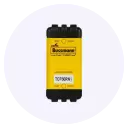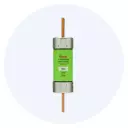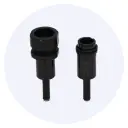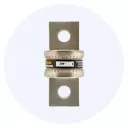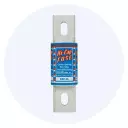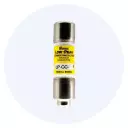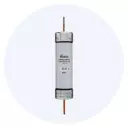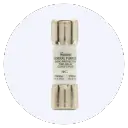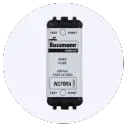Blog
Eaton Bussmann Fuse Selection Guide
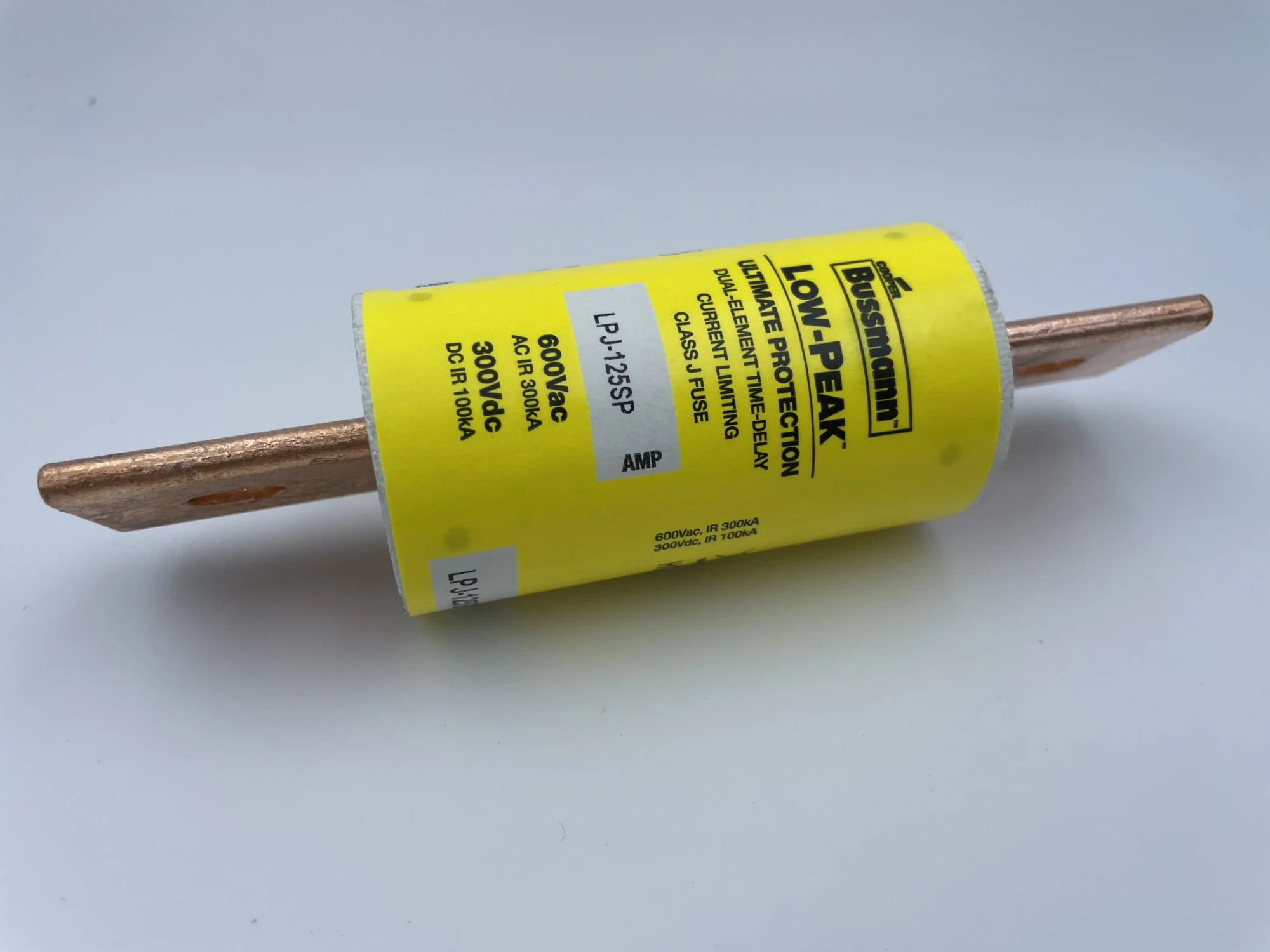
As a trusted partner in the industry, Eaton Bussmann has established itself as a leading provider of innovative power management solutions. The company’s extensive range of products, including fuses, fuse holders, and circuit protection devices, are designed to meet the diverse needs of various applications. In this article, we will delve into the world of Eaton Bussmann fuse selection, exploring the key parameters, specifications, uses, and precautions associated with these essential components.
Understanding Eaton Bussmann Fuses
Eaton Bussmann fuses are designed to provide reliable overcurrent protection for electrical circuits, preventing damage from excessive current flow. These fuses are available in various types, including fast-blow, slow-blow, and time-delay fuses, each suited for specific applications. The company’s product portfolio includes North American fast-blow fuses, IEC standard fuses, American standard cylindrical fuses, European standard square fast-blow fuses, and UL/CSA certified low-voltage fuses, among others.
Key Parameters for Fuse Selection
When selecting an Eaton Bussmann fuse, several key parameters must be considered to ensure the correct device is chosen for the specific application. These parameters include:
- Voltage Rating: The maximum voltage the fuse can withstand without failing.
- Current Rating: The maximum current the fuse can handle before opening the circuit.
- Time-Delay: The time it takes for the fuse to open the circuit after a fault occurs.
- Interrupting Capacity: The maximum current the fuse can interrupt safely.
- Operating Temperature: The temperature range within which the fuse can operate effectively.
Specifications and Certifications
Eaton Bussmann fuses meet various international standards and certifications, including UL, CSA, IEC, and ISO. These certifications ensure that the fuses meet specific safety and performance requirements, providing users with confidence in their reliability and effectiveness.
Uses of Eaton Bussmann Fuses
Eaton Bussmann fuses are used in a wide range of applications, including:
- Industrial Control Panels: Fuses are used to protect electrical circuits from overcurrent conditions.
- Power Distribution: Fuses are used to protect power distribution systems from faults and overloads.
- Electronic Equipment: Fuses are used to protect sensitive electronic components from overvoltage and overcurrent conditions.
- Automotive: Fuses are used to protect electrical systems in vehicles from overcurrent conditions.
Precautions and Safety Considerations
When working with Eaton Bussmann fuses, it is essential to follow proper safety procedures to prevent injuries and ensure reliable operation. Some key precautions include:
- Handling and Storage: Fuses should be handled and stored in a dry, cool environment, away from direct sunlight and moisture.
- Installation: Fuses should be installed in accordance with the manufacturer’s instructions and relevant industry standards.
- Maintenance: Fuses should be regularly inspected and replaced as needed to prevent faults and ensure reliable operation.
Conclusion
In conclusion, Eaton Bussmann fuses are a critical component in ensuring the reliable operation of electrical circuits. By understanding the key parameters, specifications, uses, and precautions associated with these devices, users can select the correct fuse for their specific application, ensuring safe and reliable operation. As a trusted partner in the industry, Eaton Bussmann provides a comprehensive range of fuses and circuit protection solutions, meeting the diverse needs of various applications. Whether you are an engineer, designer, or maintenance professional, Eaton Bussmann’s expertise and innovative solutions can help you solve your power management challenges.

